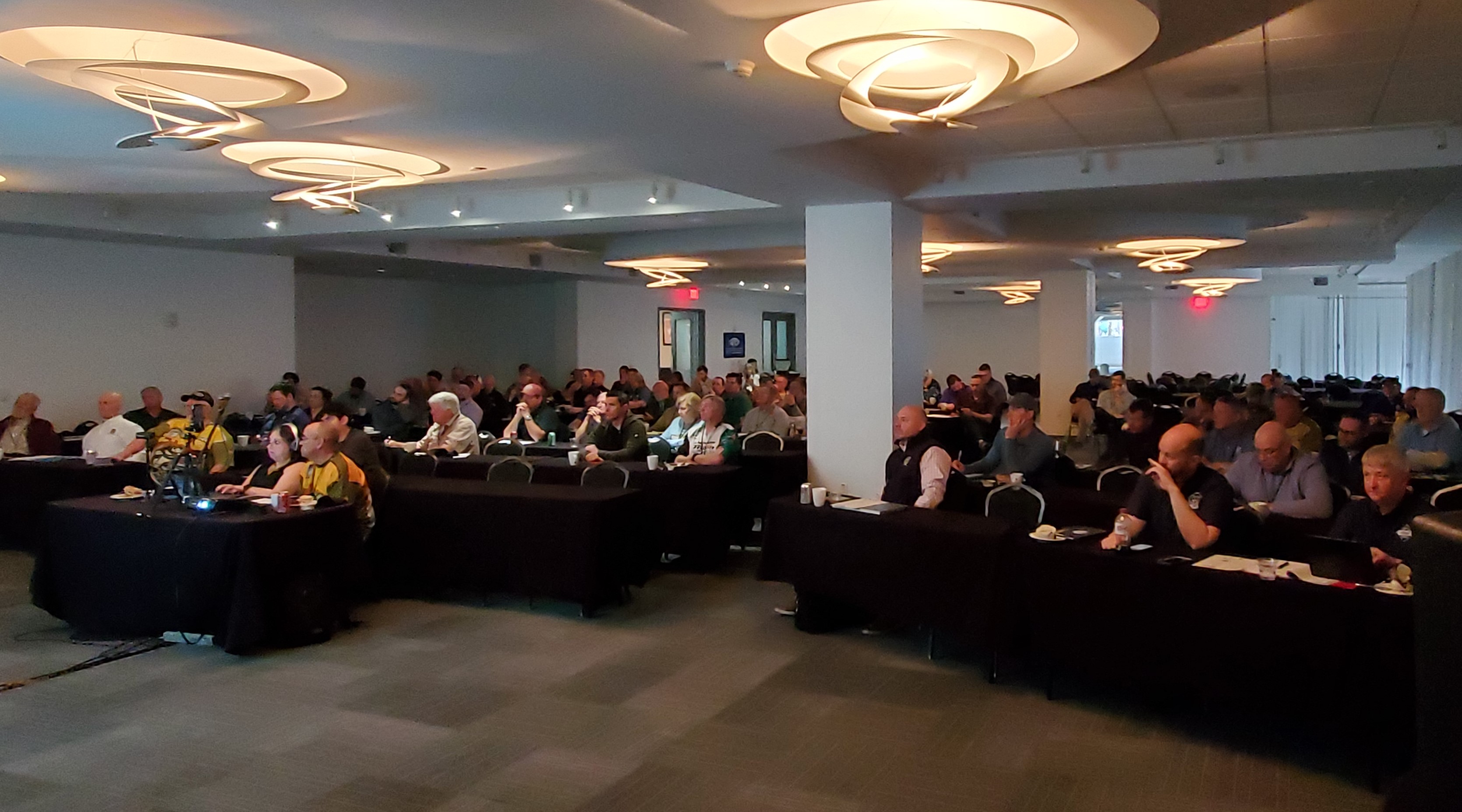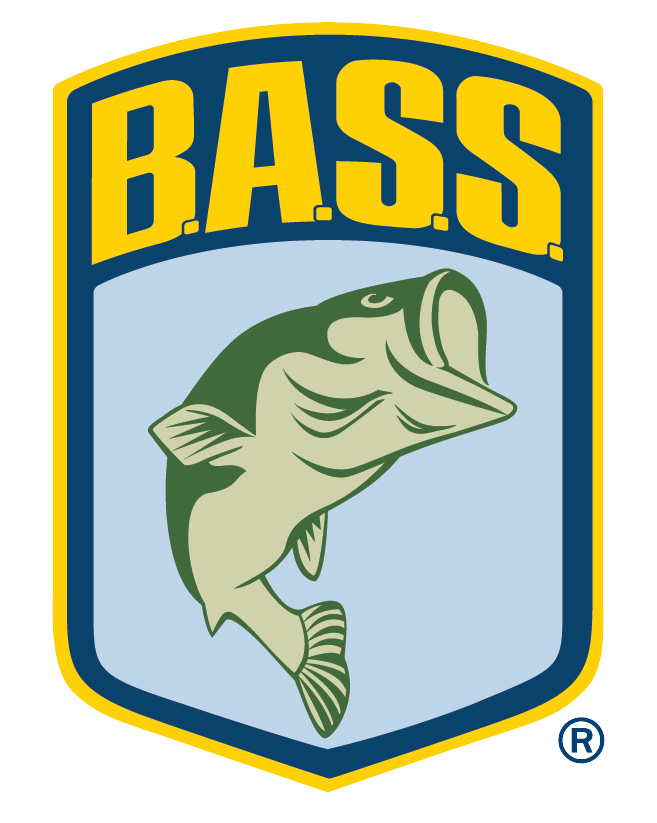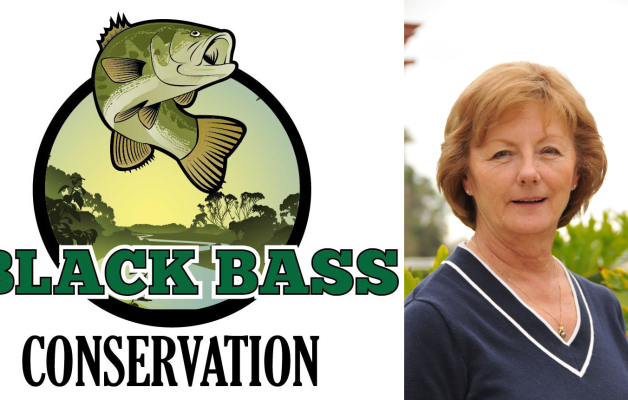
Birmingham, Ala. — Conservation directors (CDs) from 30 B.A.S.S. Nation chapters along with state and federal fishery management agency biologists and administrators from 34 states convened for the biennial 2024 B.A.S.S. Conservation Summit, March 22-24 in conjunction with the Bass Pro Shops Bassmaster Classic presented by Jockey Outdoors in Tulsa, Oklahoma.
” B.A.S.S. hosts this Summit every other year to provide a platform for the sharing of information, best practices, and management strategies that will ensure the health and vitality of our nation’s bass fisheries, while addressing issues impacting the sport of bass fishing,” said Gene Gilliland, B.A.S.S. National Conservation Director.
“A major goal of the Summit is to foster collaboration between anglers and agencies, helping to build relationships that benefit the resource and the user. There is always going to be turnover in CD positions among our B.A.S.S. Nation chapters as well as among biologists and administrators in state agencies. The Summit provides an opportunity for those folks who are new to their positions to get to know their counterparts and colleagues,” said Gilliland.
The Summit attendees met for a reception on Friday evening, followed by Saturday and Sunday morning sessions. Afternoons were free to explore the Outdoor Expo presented by GSM Outdoors then take in the Classic weigh-ins.
Reception speakers Chris Horton from the Congressional Sportsmen’s Foundation and Conner Beven with the American Sportfishing Association gave attendees an update on current legislation at the state and federal level that could impact bass management and bass fishing. Both speakers urged Summit participants to get involved and be advocates for protecting aquatic resources and access.

Presentations on tournament registration and permitting systems were made by biologists Tom Goniea from Michigan Department of Natural Resources (DNR) , Bryan Soward with Kansas Wildlife and Parks, Scott Bisping with Florida Fish and Wildlife Conservation Commission (FWC) and Geoff Smith from the Pennsylvania Fish and Boat Commission. Each emphasized how valuable the data collected by their state systems were to managing tournaments, access, and bass fisheries. During the discussion it was noted that several states do not have any registration system and do not have accurate information on the number of bass tournaments or tournament anglers in their states. Registration and permitting systems allow agencies to help manage both the biological and social impacts of a growing number of tournaments.
The second Saturday session focused on tournament fish care. A quintet of speakers from Auburn University, Matt Catalano, TJ Pullen, Marcus Prull, Max Rubino and Natalie Coash, gave presentations on a multi-faceted project on Lake Neely Henry, looking at a host of biological and economic impacts related to bass tournament on this popular Alabama reservoir where a growing number of anglers are concerned over the number of bass tournaments. Todd Driscoll with Texas Parks and Wildlife Department (TPWD), explained the benefits of using bottled oxygen to improve water quality in bass boat live wells under extreme conditions of hot weather and heavy loads of tournament-caught bass. Ryan Howard from Florida FWC gave the results of a summer study confirming how survival of tournament-caught bass is directly related to water temperature and hot weather events can result in significant delayed mortality. A final presentation in the session by Luc LaRochelle from Carleton University in Ontario was from a series of research projects that used science to answer often-asked questions. Notably, using a rubber landing net is the most fish-friendly, carbonated soda does not stop bleeding any better than putting fish back in cool water, tight pinching cull clips can cause irritation and stress, and fizzing is the best treatment for bass exhibiting signs of barotrauma.
On Sunday the audience saw presentations on technology, fish and angler interactions. Jake Norman presented the results of a Texas Parks and Wildlife (TPWD) angler creel survey where they asked about the use of forward-facing sonar and found on their study lakes that 47% of black bass anglers were already using the new technology. Following that he discussed a TPWD study of tracking radio transmitter-equipped bass where they found some interesting avoidance behaviors among pressured bass, and that many fish live a large percentage of time where there is no obvious structure or cover. Next were two presentations investigating the impacts of “bed fishing” during the spawn, one from Ryan Howards with Florida FWC looking at Largemouth Bass and one from Eric Naas who was a student at the time at the University of Wisconsin, Stevens Point looking at Smallmouth Bass. While both acknowledged that individual nests were lost to predators, neither study showed significant impacts to the respective bass populations.
The final Sunday session focused on bass stocking with a presentation from Jeremy Risley of the Arkansas Game and Fish Commission explaining the mechanics of bass stocking and the benefits to supplementing weak year classes on river system backwaters as well as influencing the genetics of a population in hopes of producing more trophy bass. The Kentucky Department of Wildlife Resources completed a statewide genetic survey of black bass and Adam Martin explained that they found Florida bass genes in several lakes but cautioned against the widespread introduction of non-native stocks that could result in long-term detrimental impacts. Corey Oakley with North Carolina Wildlife Resources Department and Dan Wilson from the Virginia Department of Wildlife Resources described their states’ experimental stockings of F1 Florida hybrid bass into reservoirs and rivers where Florida genes were already present. The goal was the production of more trophy size bass, rather than increasing numbers of fish in those populations. Both cautioned that these stocking schemes are very expensive, and managers (and the angling public) must decide whether the limited return on investment is in the best interest of the license buyer.

Summit attendees also benefited from discussion time and networking sessions. “Anglers and agencies working together can make a more meaningful impact on the sustainability of our bass fisheries,” said Gilliland. “The Summit is a testament to B.A.S.S.’ commitment to conservation and our dedication to ensuring the future of bass fishing for generations to come. Videos of each presentation will be posted on the Conservation News section of Bassmaster.com in weeks to come,” Gilliland said.
B.A.S.S. wished to thank Summit sponsors including Conservation Partner AFTCO, along with long-time supporters Mercury Marine, the American Sportfishing Association, Congressional Sportsmen’s Foundation, Aquatic Plant Management Society, the U.S. Fish and Wildlife Service’s Wildlife and Sportfish Restoration Program, and Yeti.
About B.A.S.S.: The Bass Anglers Sportsman Society (B.A.S.S.) serves a growing community of anglers by fueling a passion for fishing through education, inspiration, and conservation, and helping to define the culture and the lifestyle surrounding the sport.
About B.A.S.S. Conservation: Our mission is to preserve and protect America’s waters, to champion scientific fishery management, habitat protection and enhancement, sensible aquatic vegetation management, invasive species control, protect angler access, and promote the latest tournament fish care protocols, for the continuing benefit of all who love to fish.





